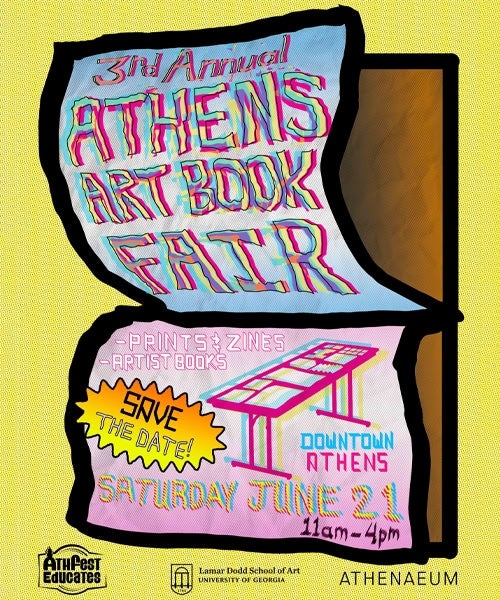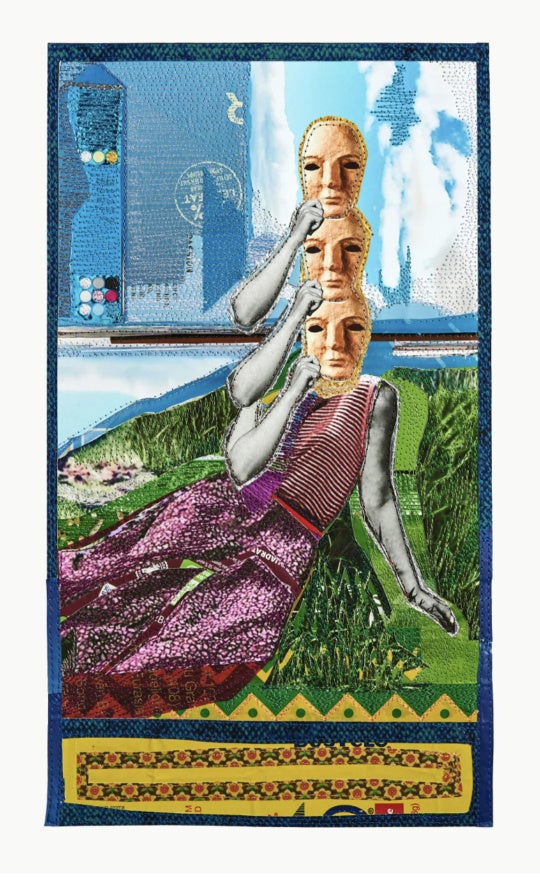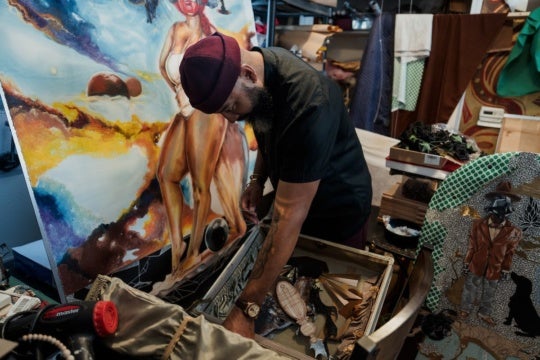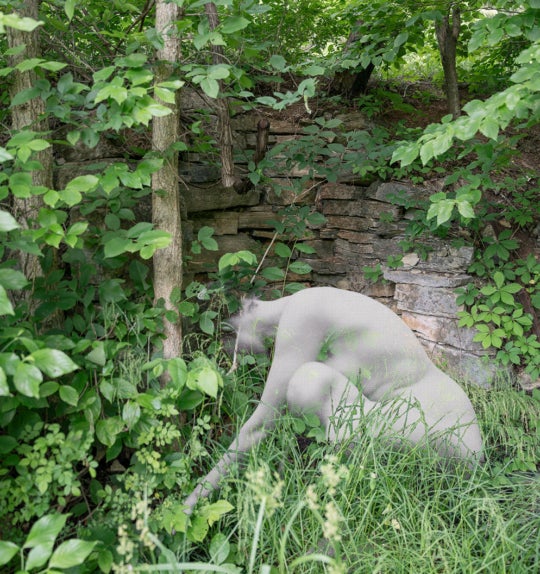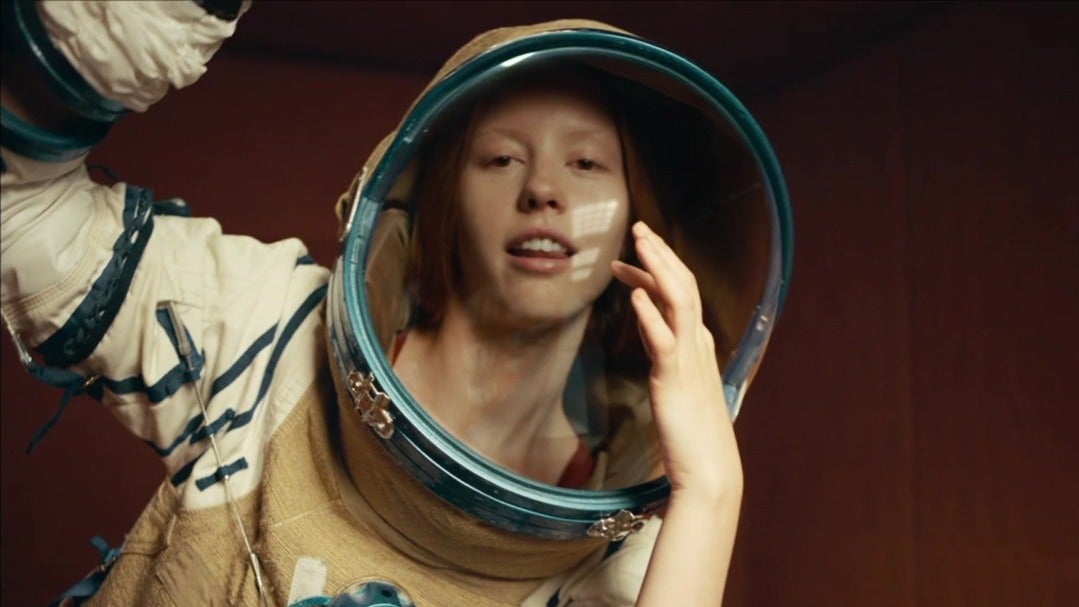
For Earth Day, Burnaway editors and staff compiled our favorite environmentally relevant organizations, features, music, films, books, and events. We recommend these picks to our readers and encourage the BA community to take actionable steps and determine ways that we can minimize the harm caused to this planet we call home. Continue to support those who are disproportionately affected by the climate crises, those living in the Global South, and let us work collectively work to make the planet a place to live for life to come.
Bryn Evans, Assistant Editor
Organizations
Fort Negrita is everything I need in a cooperative, telling me (gently) that we need to be intentional about how we show up for our planet. Between Ree’s workshops, her excellent guides, and the online shop, you’d have everything to go zero waste. We tend to get disconnected from these regenerative practices and the Fort is here to remind us we are in symbiosis with the planet, and each other.
Brandon Sheats
The Institute of Queer Ecology (IQECO) is a collaborative organism looking to find and create alternatives. The solutions to environmental degradation are found on the periphery and IQECO seeks to bring them to the forefront of public consciousness. Guided by queer and feminist theory and decolonial thinking, IQECO works to undo dangerously destructive human-centric hierarchies—or even flip them—to look at the critical importance of things happening invisibly; underground and out of sight.
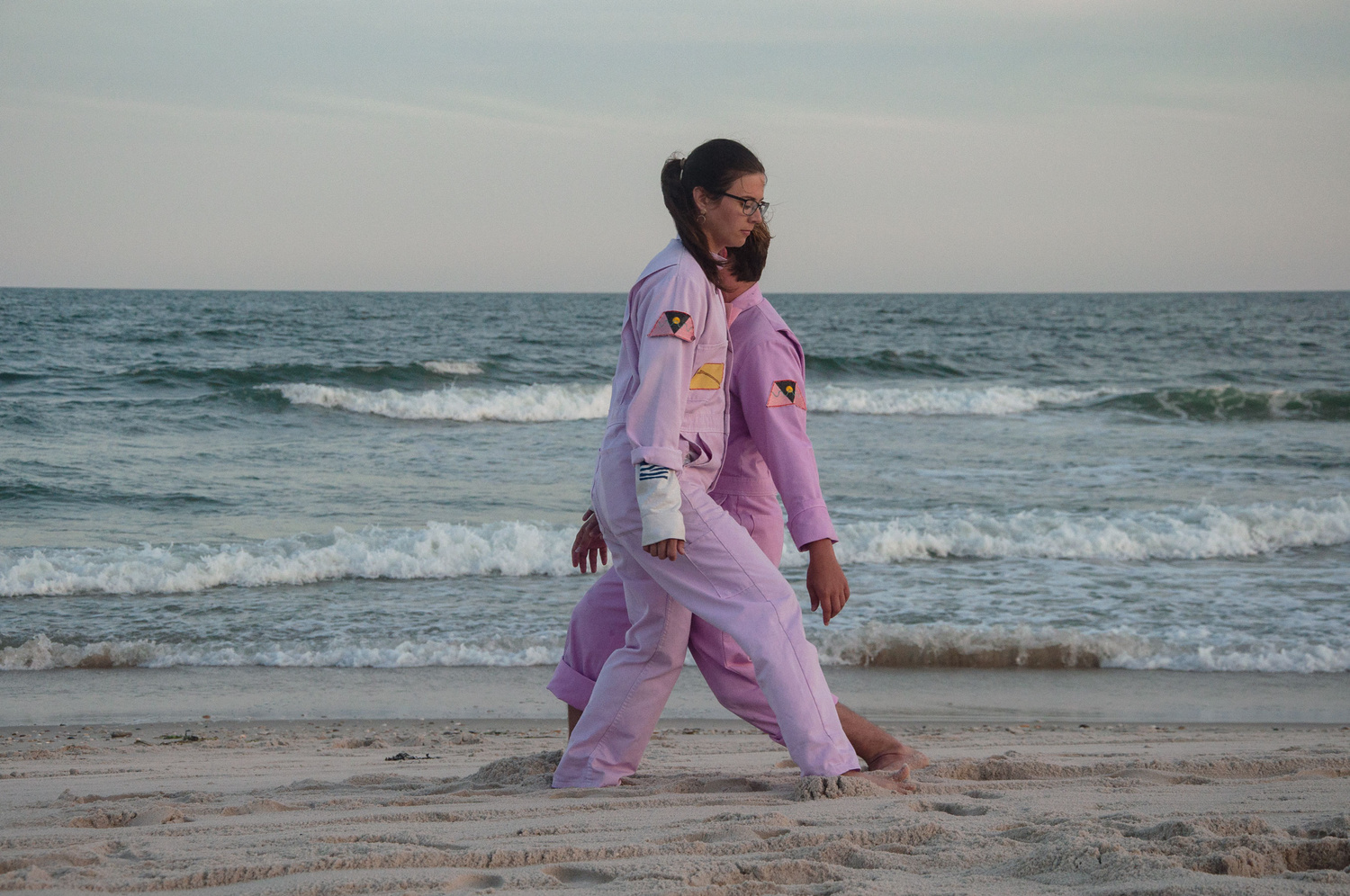
Rise St. James is a faith-based grassroots organization that is fighting for environmental justice as it works to defeat the proliferation of petrochemical industries in St. James Parish, Louisiana.
West Atlanta Watershed Alliance
The West Atlanta Watershed Alliance (WAWA) is a community-based non-profit organization whose mission is to improve the quality of life within the West Atlanta Watershed by protecting, preserving and restoring the community’s natural resources. WAWA represents African American neighborhoods in Northwest and Southwest Atlanta that are most inundated with environmental stressors, but are least represented at environmental decision-making tables.
Burnaway
Dineo Seshee Bopape’s Ile aye, moya, là, ndokh…harmonic conversions…mm at ICA VCU
“Documenting Environmental Racism in Flint and New Orleans” by Ann Hackett
“Mississippi v. Tennessee: Flow Path” by Cecil Howell
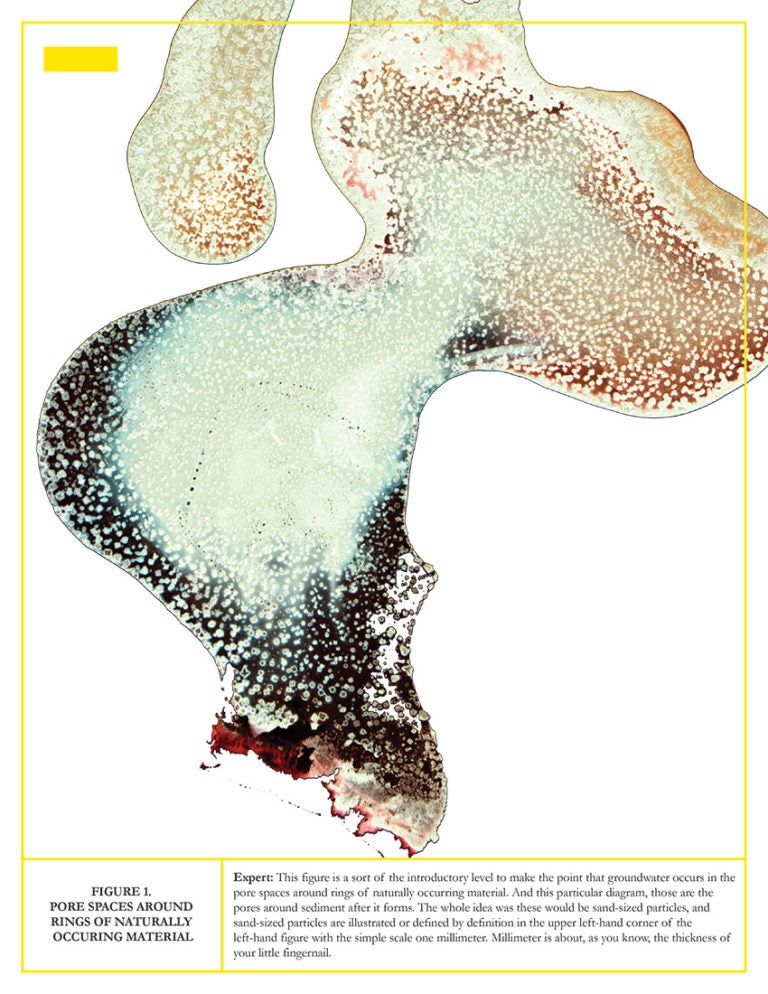
“Corrections in the Public Domain” by Susan Lee Mackey
Music
Reachin’ (A New Refutation of Time and Space) by Digable Planets
Reachin’ is the Digable Planets’s debut album. It is seeping with hip hop and jazz rap influences and edges into conscious rap territory. The group is made up of Butterfly (Ishmael Butler), Doodlebug (Craig Irving), and Ladybug Mecca (Mary Ann Vieira). I love “Where I’m From,” “Pacifics,” and “Rebirth of Slick.” My favorite thing about the group is the incorporation of insect imagery and the use of metaphor to describe the Black experience. The opening of “Where I’m From” is so crafty and upbeat:
I’m interplanetary, my insect movements vary
It’s kinky if it’s hair, G where I’m from
The fire hoses blow
It’s purple when it snow
I do a hit and go, split
Bryn Evans

Mother Earth’s Plantasia by Mort Garson
Sounds of North American Frogs on NTS
Journey Through the Secret Life of Plants by Stevie Wonder
Journey Through The Secret Life of Plants (1979) is Stevie Wonder’s experimental and achingly sweet hidden masterpiece. Originally created as the soundtrack to accompany Walon Green’s documentary by the same name, this mostly instrumental album is full of exploration by Wonder who uses digital sampling synthesizers, children’s choirs, and any instrument imaginable to create entrancing sounds perfect for a spring evening. I recommend tracks “God’s Creation,” “Power Flower,” “Race Babbling,” and “Send One Your Love.”
Kat Eaves
Visual Art
I was happy to hear about the work of Matthew Anthony Batty at their artist talk at Clemson University earlier this year. Their work is rooted in the belief that the human and nonhuman are impossible to disentangle. Batty’s sculptural assemblages, installations, and videos explore the current manufactured division of nature and culture, as well as our ongoing transformations of the ecology and landscape of the American South.
Kat Eaves
Alison Janae Hamilton, read more about her work in Jasmine Weber’s feature from Treasure
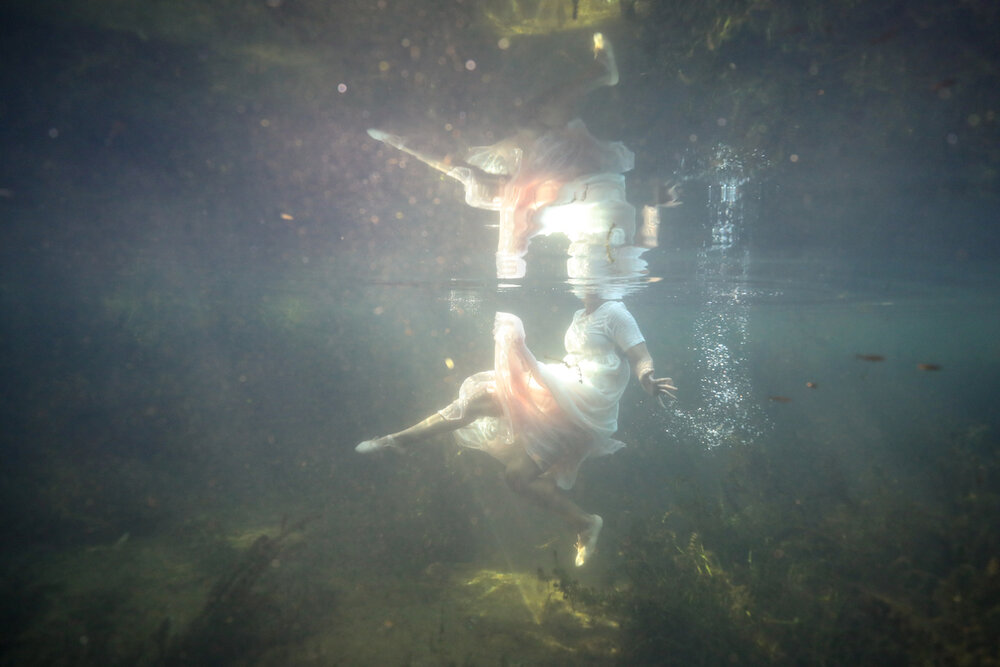
In her project Land Unfolding, photographer Amanda Musick creates new landscapes through a combination of original photos collaged together on a hand-built diorama. Rephotographing these reconstructed (and later deconstructed) landscapes, Musick’s photos speak to our threatened and changing landscape, skewed reality, and attempts to preserve and piece them back together.
Kat Eaves
Patterson is a Jamaican-born visual artist and educator, known for her incredible installations of flora and fauna that burst with life and storytelling. I’m incredibly fond of her titling: ..buried again to carry on growing; . . . a wailing black horse . . . for those who bear/bare witness; the wailing. . .guides us home. . .and there is a bellying on the land. . . Her tapestries literally carry so much weight, and the care that she takes to render a Jamaican tody bird or white jasmine blossom is truly incredible.
Bryn Evans
Film
Claire Denis’s High Life (2018), read a review of the film on Another Gaze
In this bleak sci-fi film, incarcerated people from Earth have been sent into space on a ship that is a cell of its own, hurtling towards a black hole to harness energy for a climate stricken and energy depraved Earth. What unfolds onboard is a harrowing depiction of captivity and violation at the expense of prisoners subjected to state power, even as they drift further away from an ill planet Earth.
Emily Llamazales
Lucy Walker’s Waste Land (2010)
Books
The Sexual Politics of Meat by Carol J. Adams
The worst thing about overwhelming climate catastrophe is it feels impossible to know where to start. The emphasis that corporations have put on individual behavior while they continue to be responsible for over seventy percent of emissions is infuriating. Besides advocacy and lobbying, one of the most impactful things people can do is reduce their meat consumption. Whether it be land use, fertilizers, or waste runoff, the meat industry is a huge burden on the planet. I was raised vegetarian, and as a teenager I read Carol Adam’s The Sexual Politics of Meat which situated vegetarianism as a feminist practice. That idea still resonates today, with such works as Our Animals, Ourselves, published in LUX.
Meat consumption is also used to a horrifying effect in books like Tender is the Flesh, where the manager of a slaughterhouse that specializes in butchering humans is sent a gift of a human being and has to face his own humanity.
Jasmine Amussen
Tender is the Flesh by Agustina Bazterrica
The Parable Series by Octavia Butler
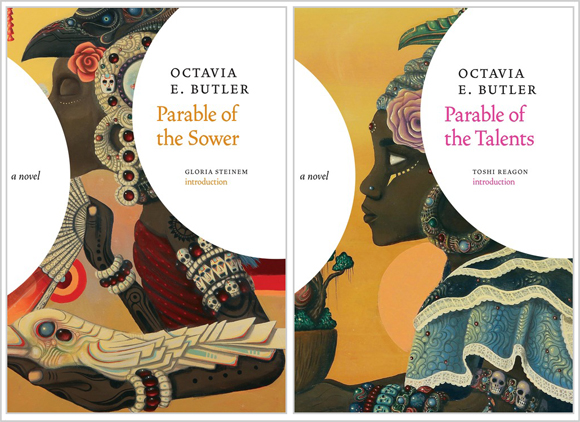
A Sinking Ship is still a Ship by Ariel Francisco
The Black Shoals: Offshore Formations of Black and Native Studies by Tiffany Lethabo King
The Ministry for the Future (2020) by Kim Stanley Robinson
I first heard of this book in a wonderful interview by Kim Stanley Robinson on RevLeft Radio. The Ministry for the Future is a cli-fi / sci-fi novel set in the near future, weaving together various narratives all with a focus on slowing earth’s indefinite and innumerable climate crises. Following a group of policy makers set up by the Paris Agreement, the book outlines several possibilities for slowing heat waves and glacial melt, incentives for carbon capture, and resources for climate refugees and migrants. It outlines practical changes and details eye opening narratives.
Emily Llamazales
“Our Animals, Ourselves“ by Astra and Sunaura Taylor

Events
I could have included several pieces of writing by Sista Docta Alexis Pauline Gumbs in this list. Undrowned: Black Feminist Lessons from Marine Mammals is a must-read meditation in which the author incorporates poetry, naturalist observation, and Black feminist insights to connect the human species with our aquatic cousins. In this event hosted by the Poetry Project, Gumbs unravels her texts to knit the audience’s own narratives into the Black feminist fabric that holds “a homemade field of love” together. I offered an introduction of Gumbs for the event and I think the poem aptly describes how she unabashedly contributes to the survival of Black studies and the Earth at large.
Bryn Evans

Though Miami is absolutely not the most vulnerable place in the world to the effects of climate change, we get a lot of attention for it. For better or worse, a lot of the art and writing is reflected in the rising sea and the water that bubbles up from our porous bedrock. Here are some Earth Day events and a book (A Sinking Ship is still a Ship) which capture the energy of this unique place I call home.
Jason Katz
Here Today, Gone Tomorrow | Opening Reception
Trashy Tuesday | Let’s Protect Marine Life by Removing Debris from Our Coasts!

